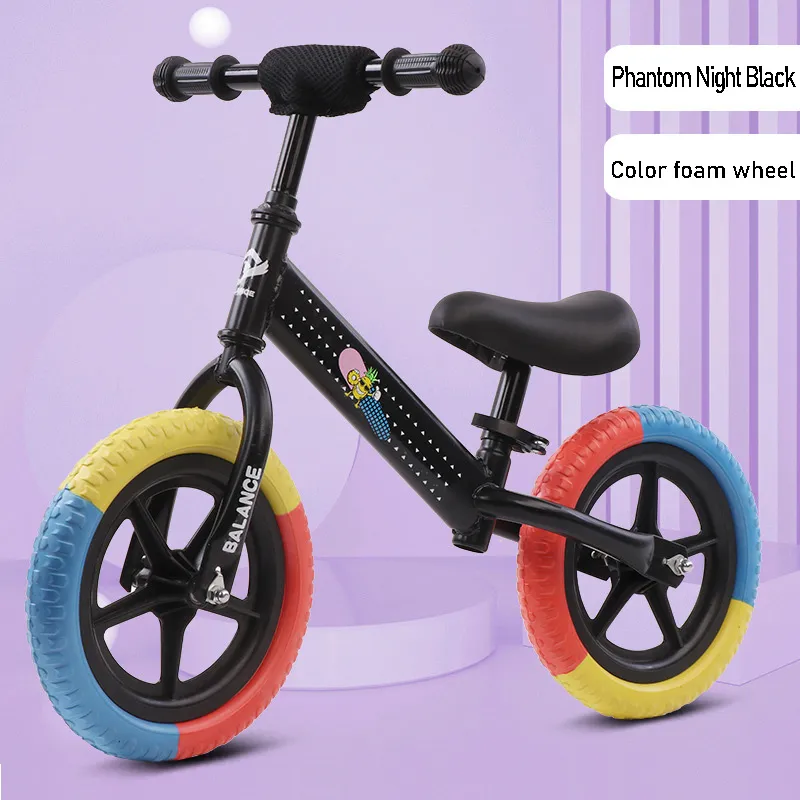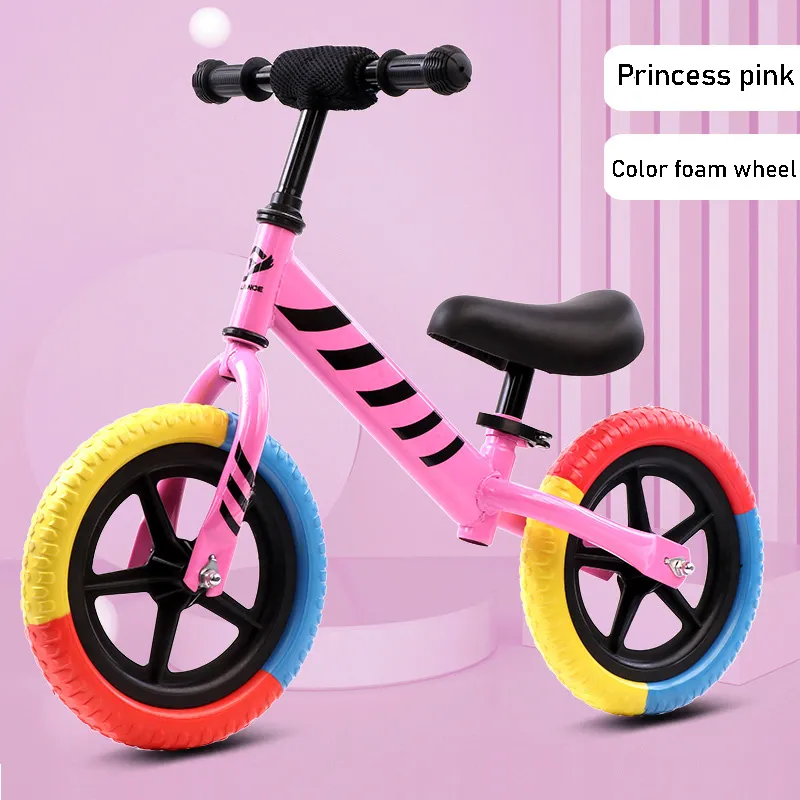Oct . 16, 2025 12:00 Back to list
Electric Balance Car with Smart App, Long Range & Safe Ride
Kids’ Mobility Is Evolving: Why this electric balance car (non‑pedal, toddler-focused) is quietly winning
Terms get messy. In China and parts of Europe, people casually call toddler balance bikes an electric balance car even when there’s no motor at all. Semantics aside, what parents really care about is safety, confidence building, and—practically—how easy it is to carry to the park. This model checks those boxes, and a few more.

Industry trend snapshot
Parents are dialing back from powered toys for 18–48 months and opting for balance-first learning. The logic is simple: mastering balance early means fewer training wheels later. Brands are responding with lighter frames, integrated carry handles, and tool-free adjustability. Surprisingly, even rental programs at kindergartens are popping up; less maintenance, more uptime.
Product at a glance
Children′s Balance Car Pedal-Free 12-Inch Scooter 2-6-8 Years Old 14-Inch Baby Toddler Bike — Origin: China. Ultra-light, with an integrated carry handle; many customers say their kids “click” with steering in days.

| Spec | Detail (real‑world use may vary) |
|---|---|
| Frame | 6061 aluminum alloy (powder-coated); optional high-tensile steel |
| Wheel sizes | 12″ EVA foam (puncture‑proof); optional 14″ pneumatic |
| Weight | ≈ 2.8–3.6 kg depending on configuration |
| User height/age | 18–48 months (12″); up to ~6–8 years (14″) |
| Adjustability | Tool-free seat (≈ 28–45 cm); riser handlebar option |
| Load rating | Up to 50 kg static; 10,000-cycle drum test passed |
| Handle | Integrated carry handle—actually useful on stairs |

Process flow and quality
- Materials: 6061 Al frame, eco PU saddle, PP/TPR grips; carbon-steel fork option.
- Methods: TIG welding, shot-blast prep, low-VOC powder coat, press-fit headset, QC torque checks.
- Testing: EN71-1 mechanical and EN71-3 chemical; ASTM F963; CPSIA lead/phthalates; ISO 8098 for young children’s bicycles; salt-spray on fasteners (24–48 h).
- Service life: ≈ 3–5 years with normal use; spares available (tires, grips, seats).
- Industries: retail toy/bike, preschool rentals, event companies, community programs.
Where it shines
Parks, daycare play yards, corridors (yep, EVA tires are quiet), and family trips. The carry handle sounds minor, but when a toddler decides they’re “done,” you’ll be grateful. For older siblings, a 14″ variant bridges to pedal bikes faster than many electric balance car alternatives that skip the balance skill entirely.

Vendor comparison (indicative)
| Vendor | Weight | Certs | Lead time | OEM/Branding | Warranty |
|---|---|---|---|---|---|
| Yanline (this model) | ≈ 2.8–3.6 kg | EN71, ASTM F963, CPSIA | ≈ 25–35 days | Silk-screen, decals, colorways | 12 months |
| Vendor A | ≈ 4.0 kg | EN71 only | 40–50 days | Limited | 6 months |
| Vendor B | ≈ 3.2 kg | ASTM F963 | 30–40 days | Full OEM, higher MOQ | 12 months |
Customization
Color palettes (matte or gloss), 12″ EVA vs 14″ pneumatic, quick-release seatposts, branded decals, retail packaging with QR manuals, and bilingual safety labels. To be honest, the QR manual is underrated—parents actually scan it.

Field notes and feedback
- Preschool pilot (30 units): downtime cut by ~60% vs inflatable tires; wipe-clean seats survived daily sanitizing.
- Retail reviews: “Kid figured out steering in 20 minutes.”; “Carry handle = lifesaver on metro.”
- Safety: rounded bar ends, no finger-pinch points; grip compounds passed EN71-3 migration limits.
Certifications and compliance
Conforms to EN71-1/2/3, ASTM F963, CPSIA; designed referencing ISO 8098; REACH-compliant coatings; CE marking available. Factory social audit on request (e.g., BSCI).
Authoritative citations
- ISO 8098: Cycles — Safety requirements for bicycles for young children. https://www.iso.org
- ASTM F963: Standard Consumer Safety Specification for Toy Safety. https://www.astm.org
- EU Toy Safety Directive and EN 71 series. https://ec.europa.eu
- U.S. CPSIA Requirements for Children’s Products. https://www.cpsc.gov
-
Discover Top E Bike Brand Insights, Specs & Future Trends | Yanline Bike
NewsNov.24,2025
-
Green E Bike – The Future of Sustainable Urban Mobility
NewsNov.24,2025
-
Ruffian eBike: Durable, Efficient Electric Bikes for Modern Mobility
NewsNov.23,2025
-
Comprehensive Guide to the Global E Bike Market and Future Trends
NewsNov.23,2025
-
Understanding Electric Bicycle Range: A Complete Guide for Smarter E-Bike Use
NewsNov.22,2025
-
Ceron Electric Bike – Efficient, Sustainable Urban Mobility Solutions
NewsNov.22,2025
-
Discover the Benefits and Innovations of Go Ebike | Sustainable Urban Mobility
NewsNov.22,2025




